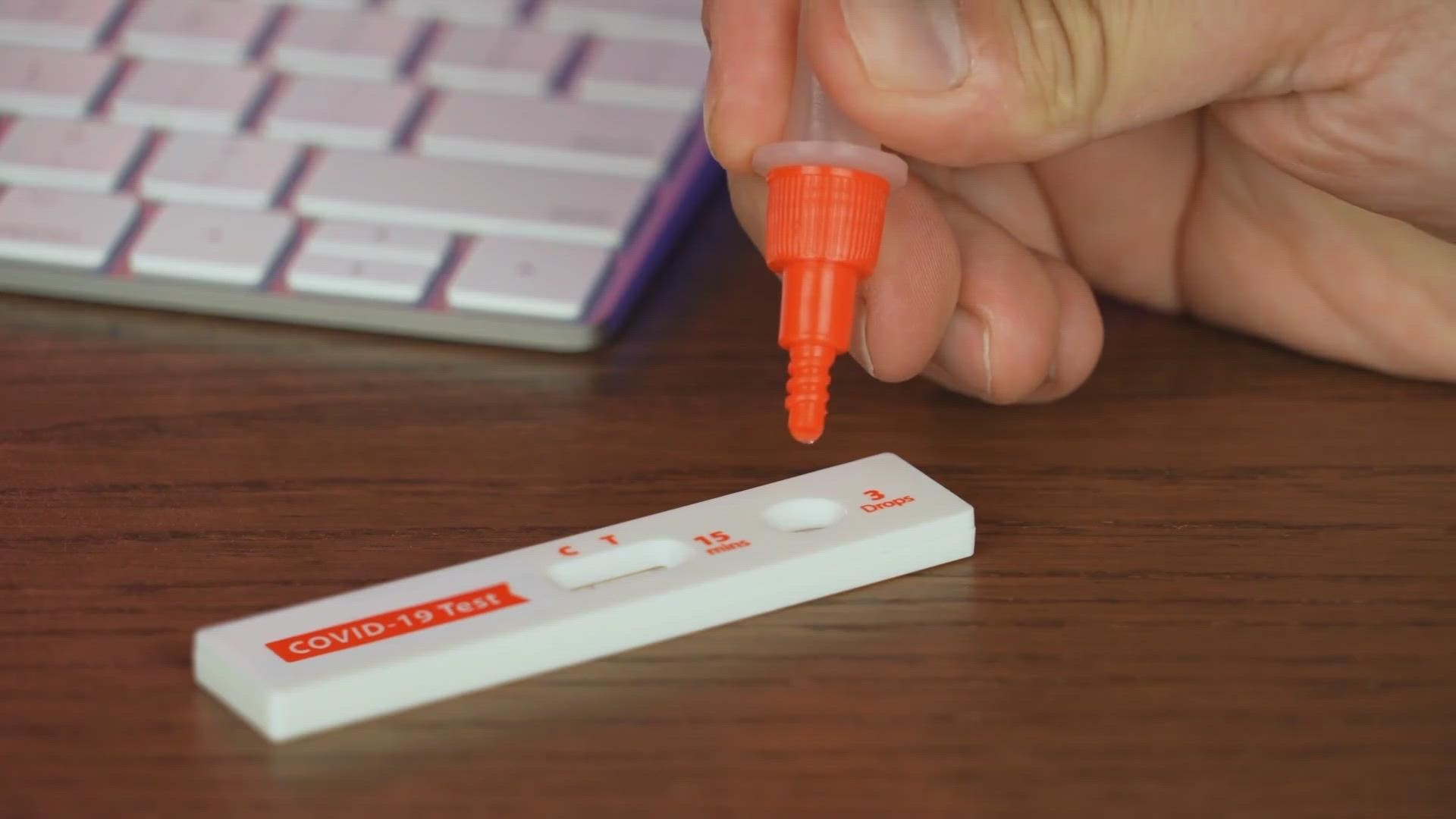SAN ANTONIO — Three years after the beginning of the pandemic, masking guidelines have eased. However, now is not the time to let your guard down.
That's especially the case when it comes to testing, with many now getting false negative results because of the performance of at home tests. But it isn't the fault of the test, it is our immune system.
Dr. Jason Bowling, an infectious disease specialist with University Health and Professor of Infectious Diseases with UT Health San Antonio told us, "Our immune systems are now better at keeping viral loads lower. And when the viral load is lower, it's hard for these at home test to pick it up as early. They're not as sensitive as a PCR test. And with the lower viral loads from our immune response, you sometimes see very light positive or early false negative tests."
XBB.1.5 is the latest variant circulating across the country and is responsible for about 80 percent of current infections. It is yet another Omicron subvariant and is the most transmissible variant since the beginning of the COVID pandemic. Dr. Bowling says there are two strategies to testing.
He said, "One is to do the at home test. And if that's negative and you're having symptoms to repeat it in 48 hours, and that will actually increase the chances that you're going to get a positive on your at home test."
The other strategy is if you test negative at home, to go to a clinic to get a PCR test which is more sensitive as your second test.
That's why the kits come with two tests in them, because you are supposed to do both tests in a 48 hour period.
R. Bowling added, "You have to be careful with how you use these at home tests because he could get a false negative and that's what you would be worried about."
Dr. Bowling also says to wait for the entire 15 minutes of the test to see if the positive line appears, because with lower viral loads, that line indicating infection could show up several minutes later, unlike earlier in the pandemic.

